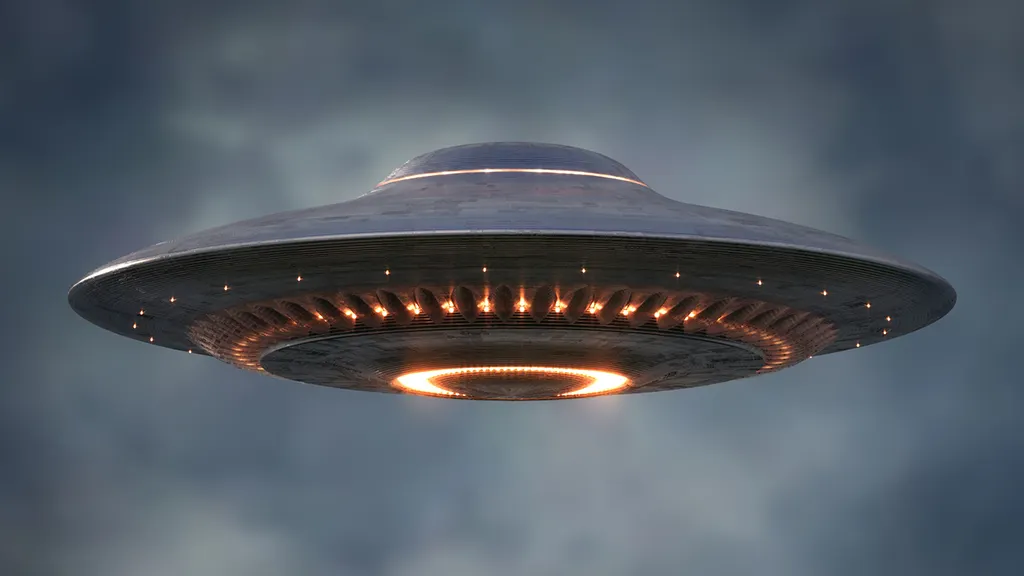President Donald Trump presided over a sweeping military parade in the nation’s capital Saturday evening to mark the 250th anniversary of the U.S. Army, with tanks, troops, and air displays unfolding under a looming threat of thunderstorms and amid major protests across the country.
The parade, which began 30 minutes early due to the weather forecast, was held along Constitution Avenue and featured approximately 6,600 soldiers, 84 military vehicles including 28 M1 Abrams tanks, and more than 60 aircraft overhead.
Why It Matters
Saturday’s military parade was the first in Washington since about 8,000 troops marched through the capital in 1991 to mark the victory of an American-led coalition over Saddam Hussein’s Iraq in the Gulf War.
The event has also sparked controversy, with supporters arguing it will boost recruitment for the U.S. military, while critics point to the cost and Republican Senator Rand Paul of Kentucky warns it could look like “images you saw of the Soviet Union and North Korea.”
What To Know
The event coincided with Trump’s 79th birthday and was timed to project strength and tradition on Flag Day. “How great our country is, very simple, and how strong our military is,” Trump said when asked what he hoped people would take away from the event.
“We have the strongest military in the world.”
Crowds gathered on both sides of the barricaded avenue, many waving flags and dressed in patriotic colors, while others came simply to watch the rare full-scale military procession unfold through the capital’s historic core.
Rain began falling before the parade started. Trump left the White House nearly 45 minutes early to beat the weather and was greeted by chants of “USA! USA!” as he arrived at the reviewing stand with First Lady Melania Trump.
The president beamed as he took the stage. He stood and clapped as the National Anthem was performed and the U.S. Army Band and the Old Guard Fife and Drum Corps were introduced.
The parade started slightly ahead of schedule. Rain continued to fall intermittently, but lightning held off, allowing the event to proceed. Heavy armor led the way, including M1 Abrams tanks and Bradley Fighting Vehicles. The roar of engines echoed across the Potomac as units crossed the Arlington Memorial Bridge into Washington.
Military units began arriving, kicking off the parade with Revolutionary War reenactors and period-dressed soldiers from World War I. The 82nd Airborne Division, which dates to 1917, led that section. Nicknamed the “All-Americans,” it was originally composed of troops from all 48 states.
Revolutionary War-era soldiers marched first, followed by Civil War reenactors and troops from World War I and World War II. Sherman tanks and WW II Jeeps rolled past Constitution Avenue. Six restored Jeeps and dozens of troops in 1940s garb highlighted the Army’s role in the Allied victory.
Trump stood to salute passing troops, often returning their gestures. Though seated much of the time, he repeatedly rose to acknowledge marching units.
Soon after, WWII-era aircraft flew overhead. These included P-51 Mustangs, B-25 Mitchell bombers, and a C-47 Skytrain — all planes integral to the U.S. air campaign during the war. Their flyover coincided with the 101st and 82nd Airborne Divisions on the ground.
Vietnam-era helicopters buzzed the parade route in tribute to the “Helicopter War.” The Huey, Cobra, and Loach were among those that soared over the capital.
As the armored columns passed, the U.S. Army’s Golden Knights parachute team glided toward the Ellipse, trailing red smoke. Their appearance was moved up because of the weather.
Trump then administered the oath of enlistment to 250 new and reenlisting soldiers as the crowd looked on.
Vendors outside sold Army memorabilia and Trump-themed merchandise, including MAGA hats and novelty dolls. Inside the festival area, celebrity chefs Robert Irvine and Andre Rush mingled with troops.
Though protests were reported in other parts of Washington and across the country, the parade route remained tightly secured. The National Mall was heavily policed, and streets were reinforced to handle the 60-ton tanks.
What People Are Saying
U.S. Army Secretary Dan Driscoll, speaking before the House Armed Services Committee: “I believe very specifically that telling that story will directly lead to a recruiting boom that will fill up our pipeline for the coming years.”
Senator Bernie Sanders, on X, formerly Twitter: “We all like to enjoy a nice birthday party. But most of us don’t celebrate with a $45 million taxpayer-funded military parade.
What Happens Next
The parade, according to senior defense officials, is estimated to have cost between $25 million and $45 million — a figure that includes logistics, security, transportation of heavy equipment, and air operations. That total makes it one of the most expensive single-day ceremonial military events in U.S. history.
The post Army’s 250th Anniversary Parade in Pictures appeared first on Newsweek.




